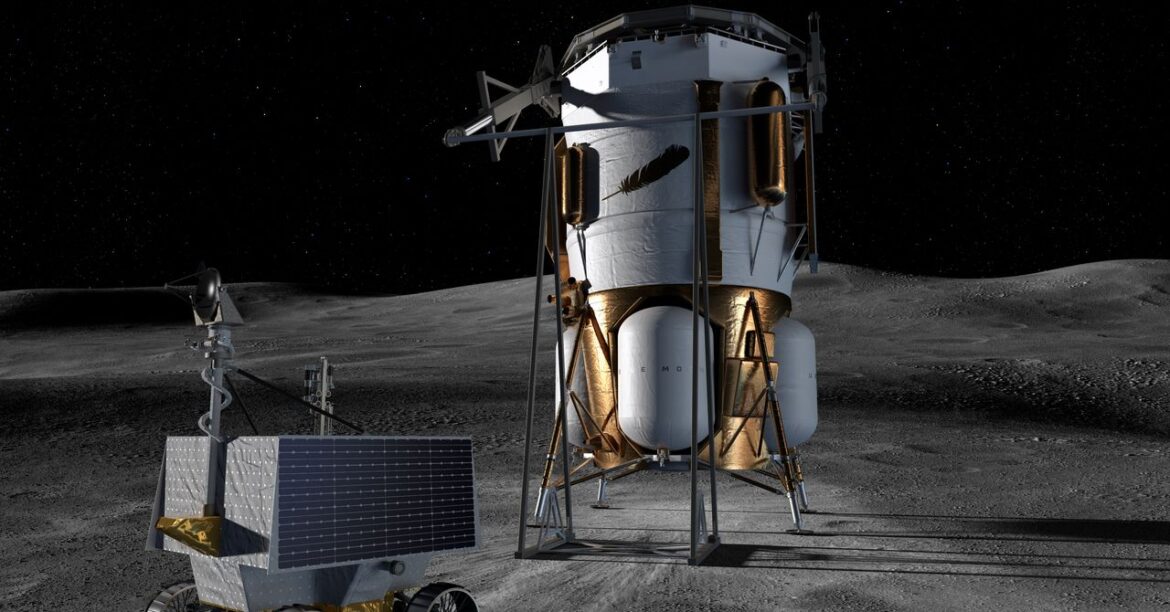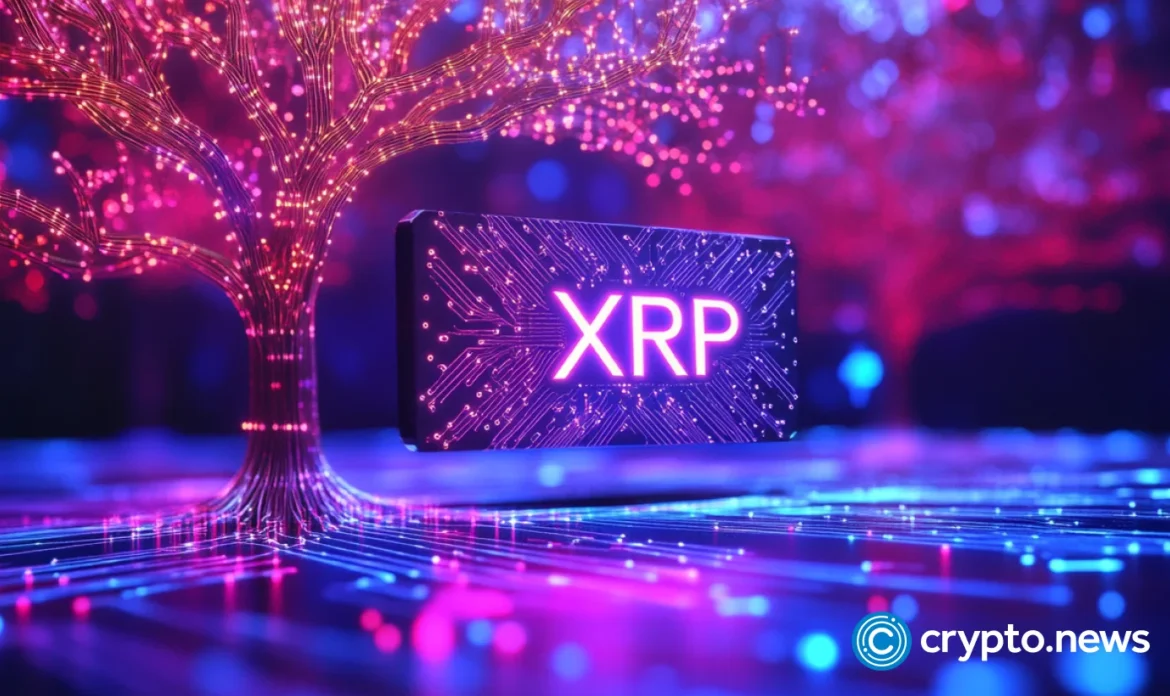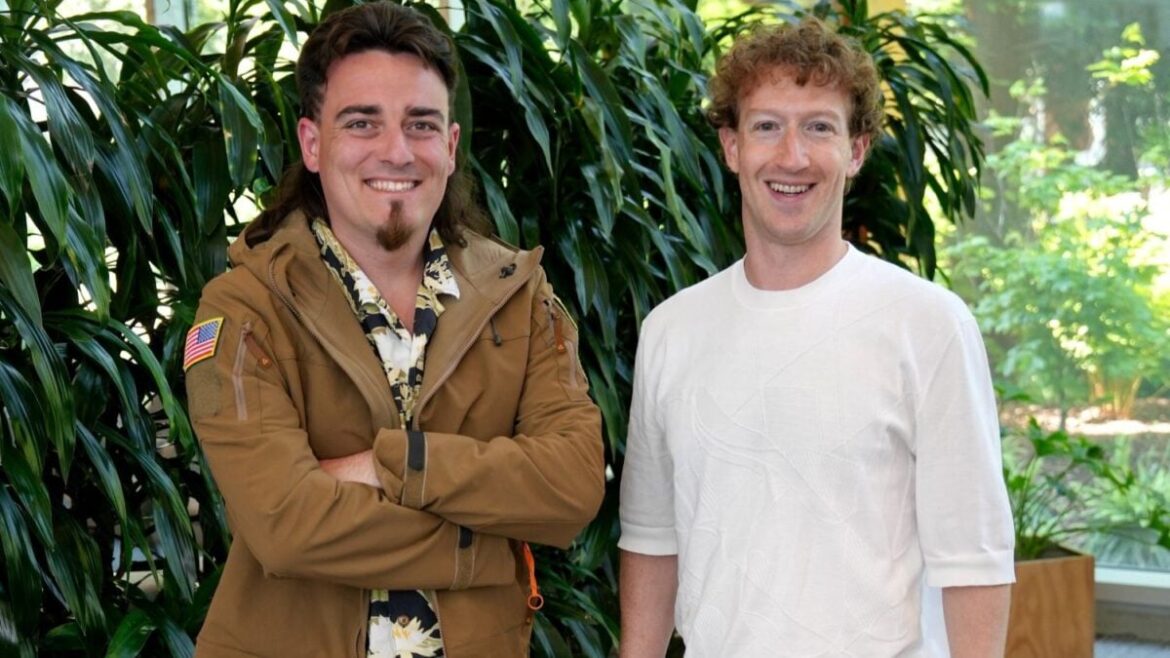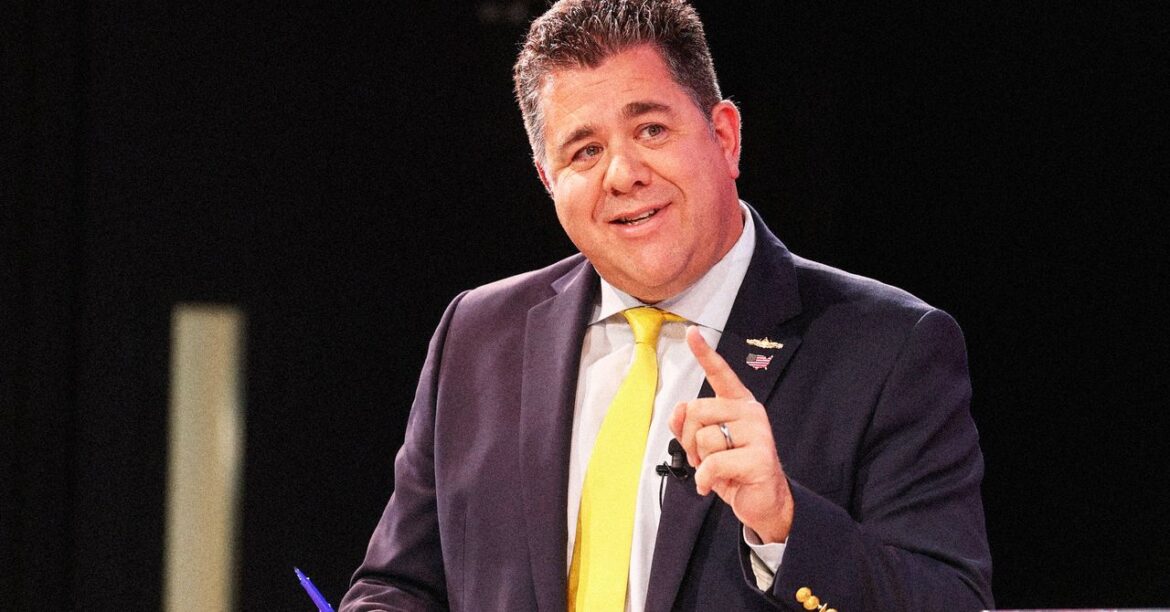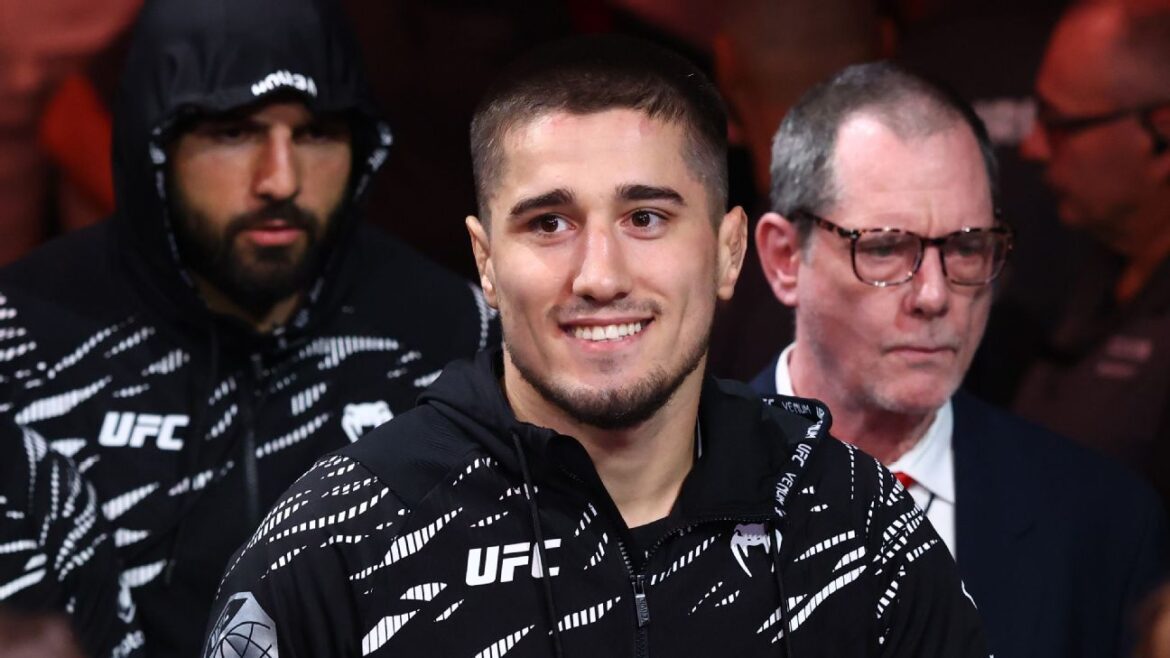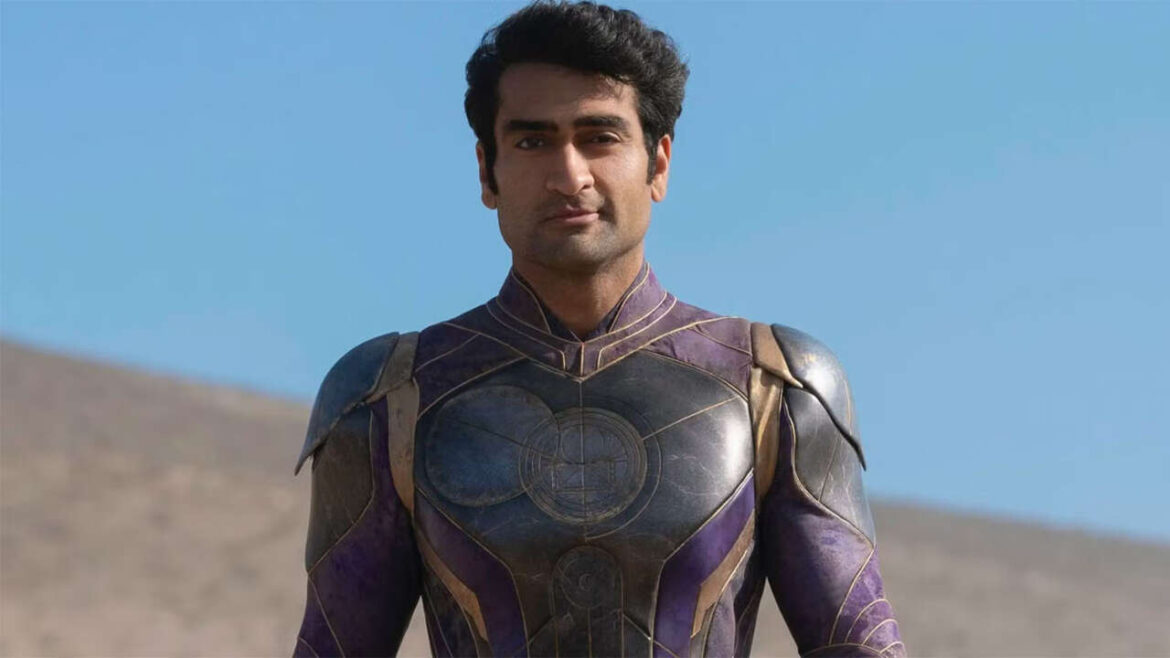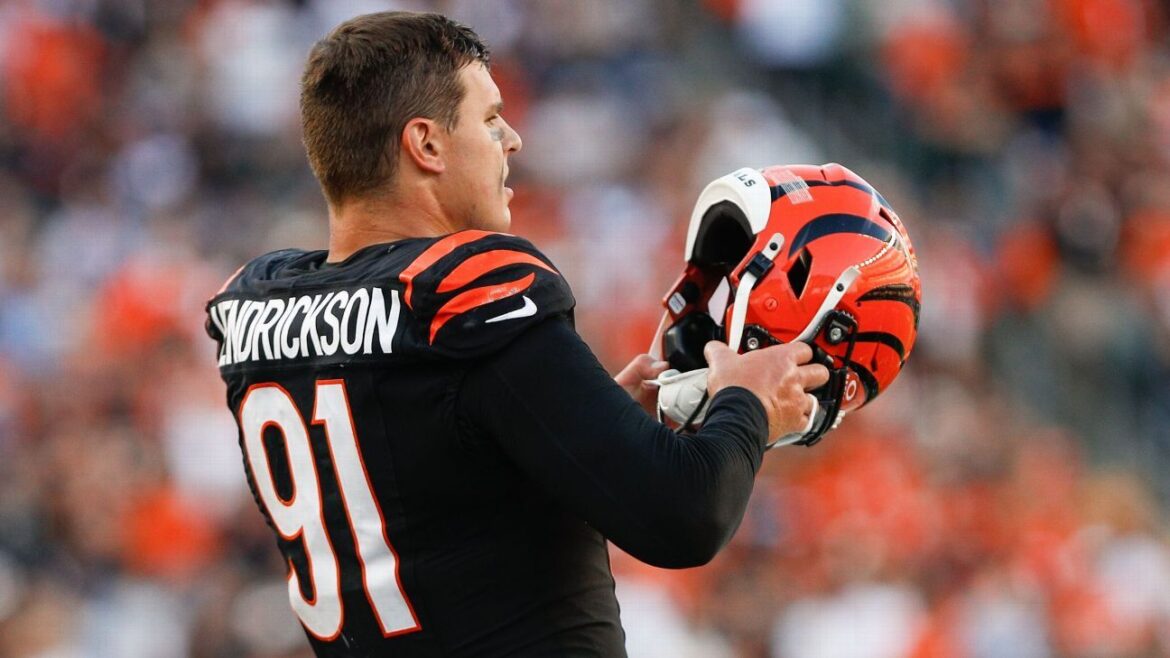NASA’s VIPER lunar rover could be delivered to the moon by Blue Origin, Jeff Bezos’ aerospace company. The US space agency has awarded the company a task order to design a delivery plan for the rover, with a future delivery option.
The award, worth $190 million, was issued through NASA’s Commercial Lunar Payload Services (CLPS) program, which the agency is using to buy delivery services to the moon from private companies. The award does not directly imply a delivery agreement; first, NASA will verify whether Blue Origin is capable of successfully sending the expensive VIPER rover to the moon’s south pole. To be eligible to take on the VIPER delivery, the company must place its Blue Moon MK1 lunar lander—complete with a NASA technology payload—on the lunar surface by the end of 2025.
Blue Origin won this contract to send cargo to the moon in 2023, and designed the Blue Moon MK1 in order to fulfil it. On this mission, it will carry NASA stereo cameras that will conduct surface surveys, in addition to small spheres equipped with laser technology for mission tracking.
“There is an option on the contract to deliver and safely deploy the rover to the Moon’s surface. NASA will make the decision to exercise that option after the execution and review of the base task and of Blue Origin’s first flight of the Blue Moon MK1 lander,” the agency said in a statement.
On the same day as NASA announced the award, Blue Origin wrote on X: “Our second Blue Moon MK1 lander is already in production and well-suited to support the VIPER rover. Building on the learnings from our first MK1 lander, this mission is important for future lunar permanence and will teach us about the origin and distribution of water on the Moon.”
VIPER—which stands for Volatiles Investigating Polar Exploration Rover—has been designed by NASA scientists to explore the moon’s south pole for ice and other resources of interest. It is about 2.5 meters tall, weighs nearly 500 kilograms, and has a one-meter drill and three scientific instruments. The vehicle had been scheduled to launch in 2023, only for that date to be pushed back. Then, in the face of rising costs and further delays, in July 2024 NASA said it had cancelled the mission. The CLPS award to Blue Origin now appears to have revived the program.
The arrival of private space companies has the potential to reduce the traditional costs of space exploration while allowing mission managers to focus on scientific issues. Blue Origin, Firefly Aerospace, and SpaceX are just some of the companies that have emerged in this sector and won CLPS contracts with NASA.
“NASA is leading the world in exploring more of the Moon than ever before, and this delivery is just one of many ways we’re leveraging US industry to support a long-term American presence on the lunar surface,” said acting NASA Administrator Sean Duffy in a statement. “Our rover will explore the extreme environment of the lunar South Pole, traveling to small, permanently shadowed regions to help inform future landing sites for our astronauts and better understand the Moon’s environment—important insights for sustaining humans over longer missions, as America leads our future in space.”
This story originally appeared on WIRED en Español and has been translated from Spanish.

